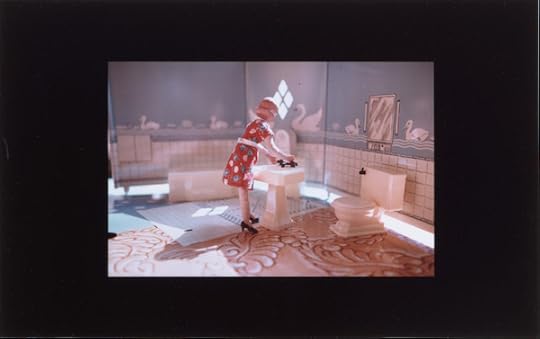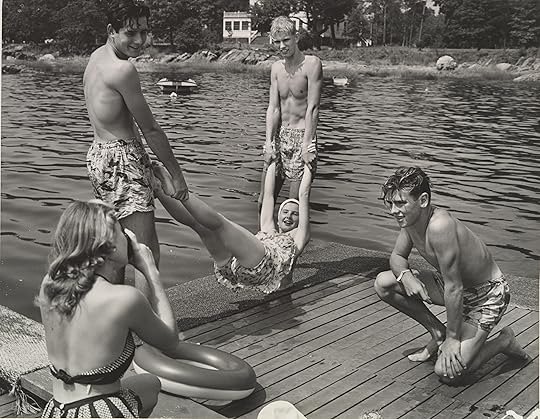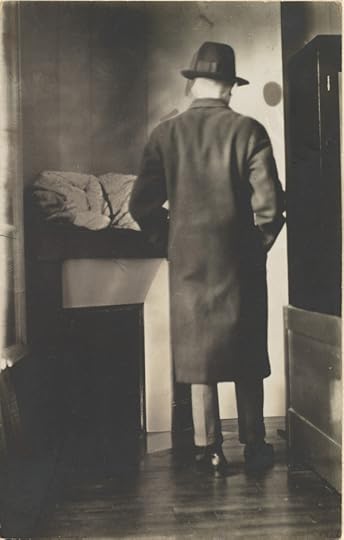Aperture's Blog, page 153
September 10, 2015
ApertureSummer Open
The Aperture Summer Open is an annual open call exhibition that considers a wide variety of work drawn from our photographic community.
The post ApertureSummer Open appeared first on Aperture Foundation NY.
AperturePortfolio Prize
The Aperture Portfolio Prize highlights artists whose work deserves greater recognition.
The post AperturePortfolio Prize appeared first on Aperture Foundation NY.
Paris Photo/Aperture FoundationPhotoBook Awards
The Paris Photo-Aperture Foundation PhotoBook Awards, celebrates the book’s contribution to the evolving narrative of photography.
The post Paris Photo/Aperture FoundationPhotoBook Awards appeared first on Aperture Foundation NY.
Youth Programs
The post Youth Programs appeared first on Aperture Foundation NY.
Workshops
The post Workshops appeared first on Aperture Foundation NY.
Internships
The post Internships appeared first on Aperture Foundation NY.
Educational Publications
The post Educational Publications appeared first on Aperture Foundation NY.
Artist Resources
The post Artist Resources appeared first on Aperture Foundation NY.
Donate!
The post Donate! appeared first on Aperture Foundation NY.
September 3, 2015
Grand Illusions: Staged Photography from the Met Collection
By Freddy Martinez

Pierre-Louis Pierson and Aquilin Schad, La Frayeur (Fright), 1861–64
A new exhibition at the Metropolitan Museum of Art in New York surveys the history of staged photographs from the first 170 years of the medium. The surveyed photographs, forty from the museum’s collection, highlight a range of artifice shaped by the photographers during pre-production. In examining both the blatantly fantastic and the inconspicuously manipulated, “Grand Illusions: Staged Photography from the Met Collection” draws attention to each photograph’s factual and fictional elements of design. Staged scenes such as Lewis Carroll’s St. George and the Dragon (1875), a tableau vivant of the titular Christian legend, and René Magritte’s ominous self-portrait, La Mort des Fantômes (1928), which served as the basis for a painting he made that year, provide the most direct counterpoints to straight documentary photography. Both photographs’ prominent mise-en-scènes, as well as their creators’ connections to fiction, unveil a clear staging of fantasy, and connects to contemporary work on view such as Laurie Simmons’s First Bathroom/Woman Standing (1979), one of her illusionistic scenes of a figurine in a dollhouse.

Laurie Simmons, First Bathroom/Woman Standing, 1979 © Laurie Simmons
The idea for the exhibition was sparked by the museum’s purchase of nineteenth-century daguerreotype studio operator Pierre-Louis Pierson’s La Frayeur (1861-64). The photograph’s subject, Virginia Verasis, Countess of Castiglione, directed the painter Anquilin Schad to embellish her portrait with a scene of her fleeing a fire. “Fiction and reality are like the lines of a V that endlessly approach each other and never touch,” Doug Eklund, curator of the exhibition, explained. “Every generation experiences that crisis—the first photographs and moving pictures seemed to suck the reality out of existence . . . the camera threatened to steal a layer of your soul.” Manipulated reality may no longer convince nor surprise a current generation of viewers, for whom the meaning of photographs can be more flexible, but taken together, the exhibited work reveals the clever ways photographers have designed fiction to appear as fact for centuries. An expertly staged photograph, like a good lie, uses just the right amount of fantasy to go unnoticed.

Ralph Bartholomew Jr., Eastman Kodak Advertisement: Summer Lake Scene of Teenager with Camera Making a Snapshot of Her Friends in Bathing Suits on a Dock, 1946–52 © Courtesy Keith de Lellis Gallery, NY Copyright Estate of Ralph Bartholomew
“Artists who make staged photographs are taking advantage of the assumed facticity of the medium—what you see is what you see,” Eklund said. “Roland Barthes called these ‘reality-effects,’ and they don’t always have to be consciously deployed.”

René Magritte, La Mort des Fantômes, 1928 © 2015 C. Herscovici / Artists Rights Society (ARS), New York
“Grand Illusions: Staged Photography from the Met Collection” runs through January 18, 2016
The post Grand Illusions: Staged Photography from the Met Collection appeared first on Aperture Foundation NY.
Aperture's Blog
- Aperture's profile
- 21 followers



